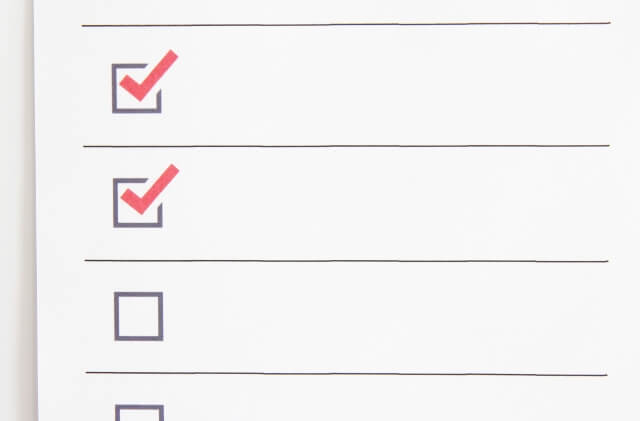The Statistics of Classmate Reunions: Who Shows Up and Why
Exploring participation trends and motivations — Last updated: 2025-06-21

Class reunions are more than nostalgic gatherings — they are windows into social patterns, life satisfaction, and how we process our past. But who actually attends these events, and what motivates them to show up (or stay away)? This article examines the numbers and insights behind classmate reunions.
Who Attends Class Reunions?

- 30–40% attendance rate is typical for U.S. class reunions, with 10-year and 20-year reunions being the most popular. This shows a moderate but meaningful interest in reconnecting.
- Women are slightly more likely to attend than men, particularly at earlier reunions (10-year). Gender differences may reflect social motivations and emotional openness.
- People who were socially active in school — such as student leaders or club members — show a higher attendance rate. Strong past engagement often predicts stronger future ties.
- Those who live within 100 miles of their former school are 2x more likely to attend. Proximity continues to be a key factor in reunion attendance.
These figures suggest that reunion attendance is influenced by both personal history and geography, offering insight into who feels most connected to their school years.
In a survey conducted by schsmems.com in early 2025, 62% of users who attended a reunion said they had kept in touch with at least one classmate ever since.
Why People Choose to Attend

- Nostalgia: A desire to revisit fond memories and feel connected to one’s roots. This is often the strongest emotional driver.
- Curiosity: Wanting to see how classmates turned out — careers, families, appearances. This reveals the power of social comparison and curiosity.
- Closure: Revisiting unresolved tensions or missed connections from the past. Reunions can serve as emotional checkpoints.
- Reputation: Sharing achievements or seeking validation through social comparison. Personal growth is sometimes shared for recognition.
Understanding these motivations helps organizers and attendees prepare for meaningful and emotionally resonant experiences.
Interestingly, some participants reported that their actual experience was more meaningful than expected — often finding emotional resolution or unexpected reconnection.
Why People Avoid Reunions
- Anxiety: Fear of being judged or of not meeting perceived expectations. This is especially common among those feeling uncertain about their life status.
- Disconnection: Feeling that high school or classmates no longer reflect their identity. Identity evolution often drives emotional distance.
- Life stress: Busy schedules, caregiving duties, or financial constraints. Everyday responsibilities can outweigh nostalgic impulses.
- Unresolved trauma: Bullying, exclusion, or painful memories from school days. Negative associations create barriers to reunion engagement.
Recognizing these reasons with empathy can help reduce stigma and encourage inclusive reunion planning that welcomes everyone, regardless of their past experiences.
What the Data Suggests

Reunion attendance isn’t random — it reflects emotional readiness, self-esteem, and social habits. People often attend when they feel secure in their life trajectory or when they're actively seeking reconnection. Those who avoid reunions often do so not from lack of interest, but from emotional discomfort or unresolved feelings.
Conclusion
Whether you go or not, class reunions offer a unique chance to reflect on personal growth, shared history, and the nature of long-term relationships. For some, it's a celebration. For others, it's a confrontation. Either way, the decision is deeply personal — and worthy of understanding.
Looking to reconnect or explore upcoming events? Search your school on schsmems.com.